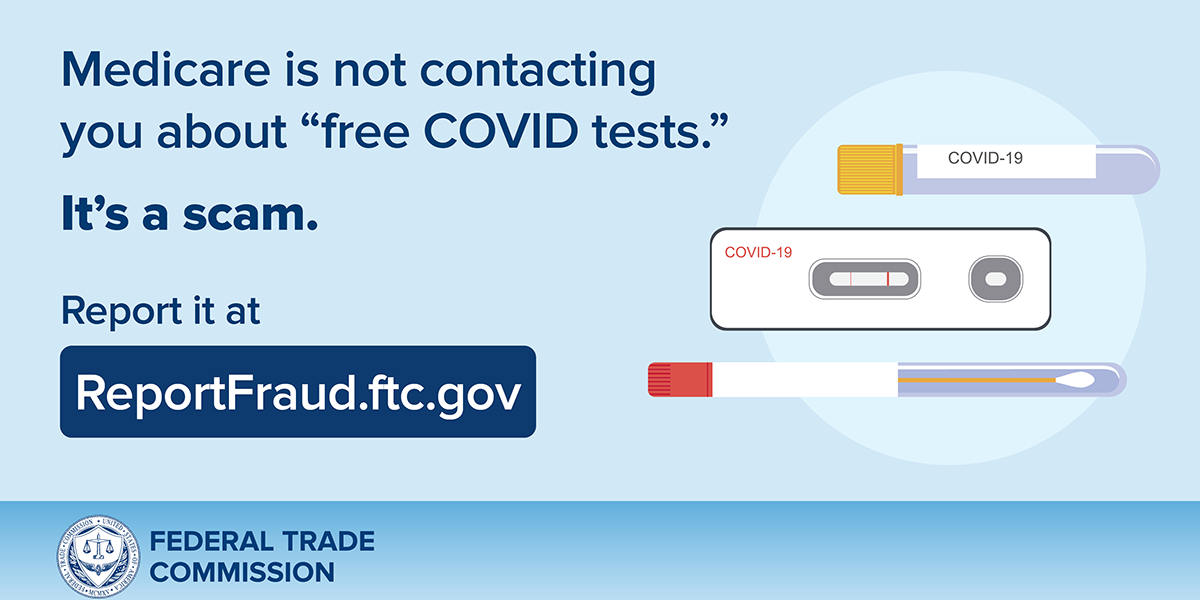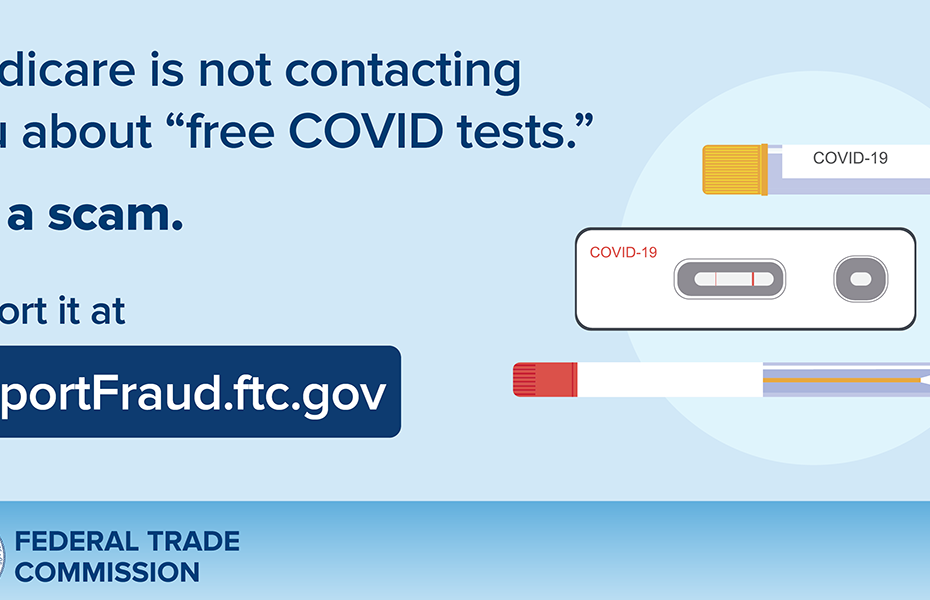What Is The Ftc Three-Part Test: Unveiling Key Regulatory Insights
Hardware Test Bots Explained (Ftc Tutorial)
Keywords searched by users: What is the FTC three part test ftc unfairness policy statement, ftc act section 5, unfair and deceptive practices definition, ftc act section 5 text, ftc mission, ftc injunction, ftc penalties, ftc investigational hearing
What Is The Three-Part Test For Unfairness?
The three-part test for determining unfairness is a crucial framework used to assess whether a particular practice or action is unfair. To establish unfairness, an injury or harm must meet three specific criteria:
-
Substantial Harm: The first criterion demands that the injury inflicted is substantial. This means that the harm caused should be significant and have a notable impact on consumers or the market.
-
Absence of Countervailing Benefits: The second aspect of the test emphasizes that the harm caused should not be outweighed by any benefits gained by consumers or competition as a result of the practice in question. In other words, the advantages of the practice should not offset the harm it causes.
-
Unavoidable Injury: The third and final requirement is that the injury must be one that consumers could not reasonably have avoided themselves. This aspect acknowledges that consumers also bear some responsibility for their choices, and unfairness should not be attributed when consumers had the ability to avoid the harm through reasonable means.
By applying these three criteria, regulators and authorities can better determine whether a particular practice is unfair and should be subject to regulatory action or legal intervention. This framework helps ensure a balanced assessment of fairness in consumer protection and competition law.
What Is The Three-Part Test Used To Determine If A Representation?
The three-part test, employed to ascertain the deceptive nature of a representation, omission, or practice, involves a comprehensive evaluation. To begin with, the representation, omission, or practice in question must possess the capacity to mislead or have a high likelihood of misleading the consumer. This initial criterion seeks to gauge the deceptive potential of the subject under scrutiny.
Top 23 What is the FTC three part test

Categories: Aggregate 61 What Is The Ftc Three Part Test
See more here: g3magazine.com

As codified in 1994, in order for a practice to be unfair, the injury it causes must be (1) substantial, (2) without offsetting benefits, and (3) one that consumers cannot reasonably avoid. Each step involves a detailed, fact-specific analysis that must be carefully considered by the Commission.To justify a finding of unfairness the injury must satisfy three tests. It must be substantial; it must not be outweighed by any countervailing benefits to consumers or competition that the practice produces; and it must be an injury that consumers themselves could not reasonably have avoided.A three-part test is used to determine whether a representation, omission, or practice is ”decep- tive. ” First, the representation, omission, or practice must mislead or be likely to mislead the consumer.
Learn more about the topic What is the FTC three part test.
- The FTC’s Use of Unfairness Authority: Its Rise, Fall, and …
- FTC Policy Statement on Unfairness
- Federal Trade Commission Act Section 5: Unfair or Deceptive …
- Commissioners | Federal Trade Commission
- What the FTC Does | Federal Trade Commission
- FG18/7: Fairness of variation terms in financial services consumer …
